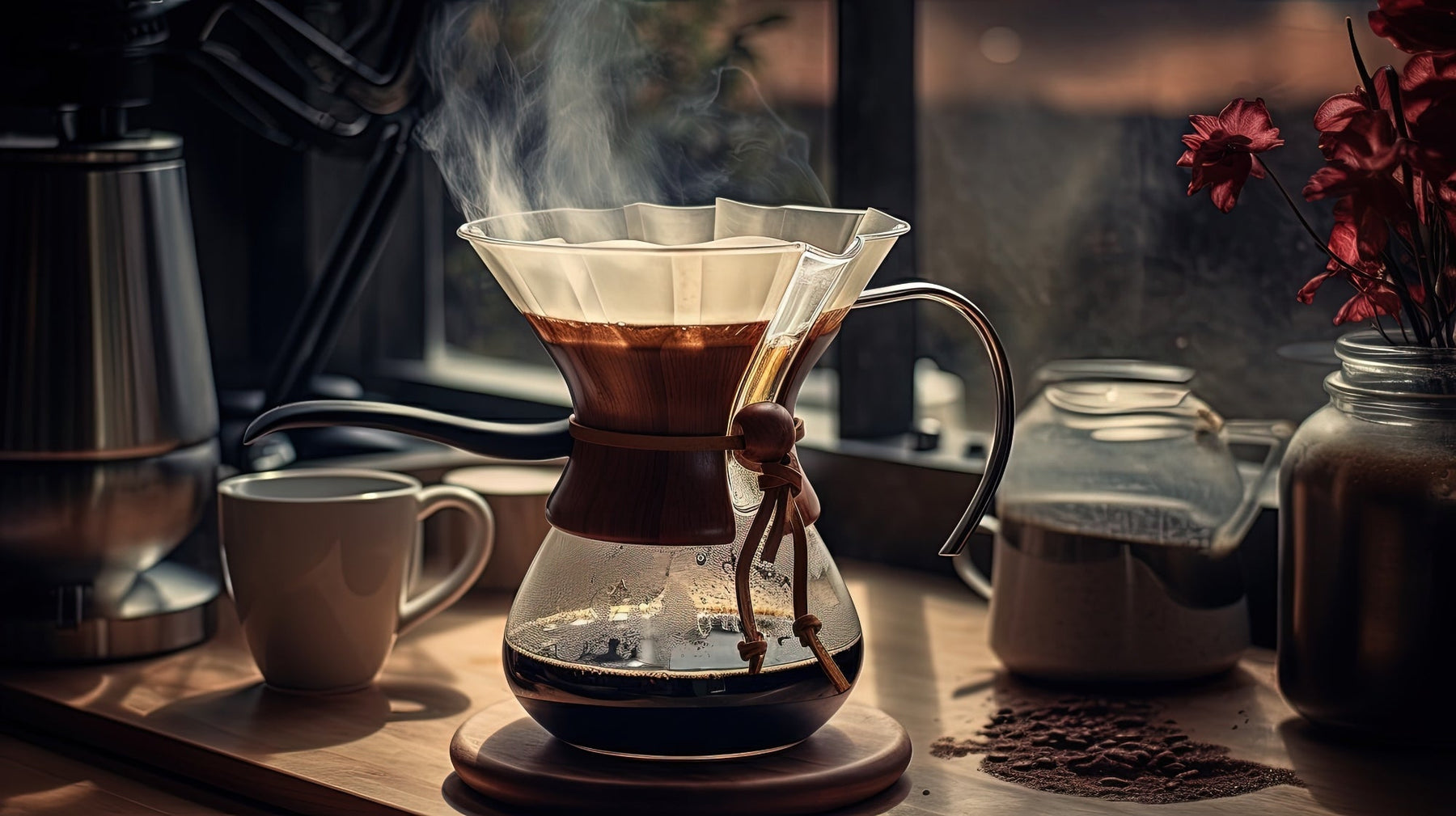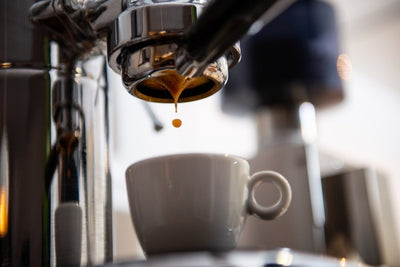
Pour-Over Coffee: The Appliance of Science
Have you ever wondered how to achieve the perfect pour-over coffee?
Scientific research has now revealed the secret to the perfect brew!
There are many ways to make coffee from using expensive machines to cafetieres but pour-over remains the first choice for many. Unfortunately, the cost of coffee has risen significantly over the last year, making the humble brew more of a luxury than an every-day staple. prices could certainly continue to rise.
Wouldn’t it be great if it was possible to achieve the perfect pour-over using fewer beans?
A study from the University of Pennsylvania led by Dr Arnold Mathijssen has revealed the secret of reducing coffee usage while producing delicious drinks.
Now that has to be a good thing!
Using physics to improve coffee extraction
Researchers led by Dr Mathijssen have explored how to reduce the amount of coffee required to deliver an impressive brew. Through studying particles and fluid mechanics, they have discovered how to enhance coffee extraction.
Their experiments necessitated making the invisible more visible. A high-speed camera recorded water penetration and the researchers then modelled how the water interacted with the media. The intended media was coffee but coffee is opaque. It was difficult to observe the pout-over dynamics of coffee grounds. For this reason, they were replaced with transparent silica gel particles for the study.
A laser sheet and the high-speed camera enabled the scientists to watch streams of water create “miniature avalanches” of particles. Water poured from height stirs the particles and so enhances extraction. A smooth, non-turbulent flow was needed to produce the required effect. This is the type of flow provided by a goose-neck kettle. A standard kettle makes it harder to control where the water goes.

Pouring slowly increases contact time with the coffee grounds. However, when poured at lower heights, the velocity of the pour was found to be too slow to disturb the bed of particles. The researchers also found that the flow of water must be unbroken to displace grounds at the bottom of the funnel. That displacement causes particles to build up on the side of the funnel and then fall inwards, producing the necessary avalanche effect.
The study also revealed that if water is poured too slowly or from too greater height, the quality of extraction was diminished.
Following experiments using silica gel, tests were conducted using coffee grounds to confirm the findings.
So, how do you achieve the best results at home?
If you are looking to reduce the amount of coffee you use while enjoying the finest brews, the research team recommends that you reduce the amount of grounds you place into your dripper by 10%. It is best to use grounds that are a little coarser than usual.
You should then experiment by pouring coffee from increasing heights but from no more than 30cms. You will soon discover the optimal pouring height for the coffee you have chosen.
Why are the findings important?
Coffee crops are being seriously impacted by climate change. Coffee could become an increasingly rare commodity, and prices are likely to rise. All of which means it is crucial to minimise coffee usage for the sake of you wallet and the preservation of global supplies.
In addition, the principles explored in the study don't merely apply to coffee. The experiments provided useful insight into how water may erode rock under waterfalls or behind dams. Similar dynamics can be seen in wastewater treatment and filtration systems. Further studies are being undertaken to explore how tiny vortices produced by cilia in the lungs help to clear pathogens.
In other words, a better understanding of the mechanisms that impact coffee extraction can help to reveal those at play in both industry and the environment.
Why not experiment at home?
With just a little trial an error, you could find out how to reduce the amount of coffee you use and improve the quality of your brews at the same time.
If you haven’t explored drip methods of brewing, consider investing in a Hario V60 dripper and a gooseneck kettle. You could enhance your coffee drinking experience and even improve your knowledge of fluid mechanics!



Leave a comment